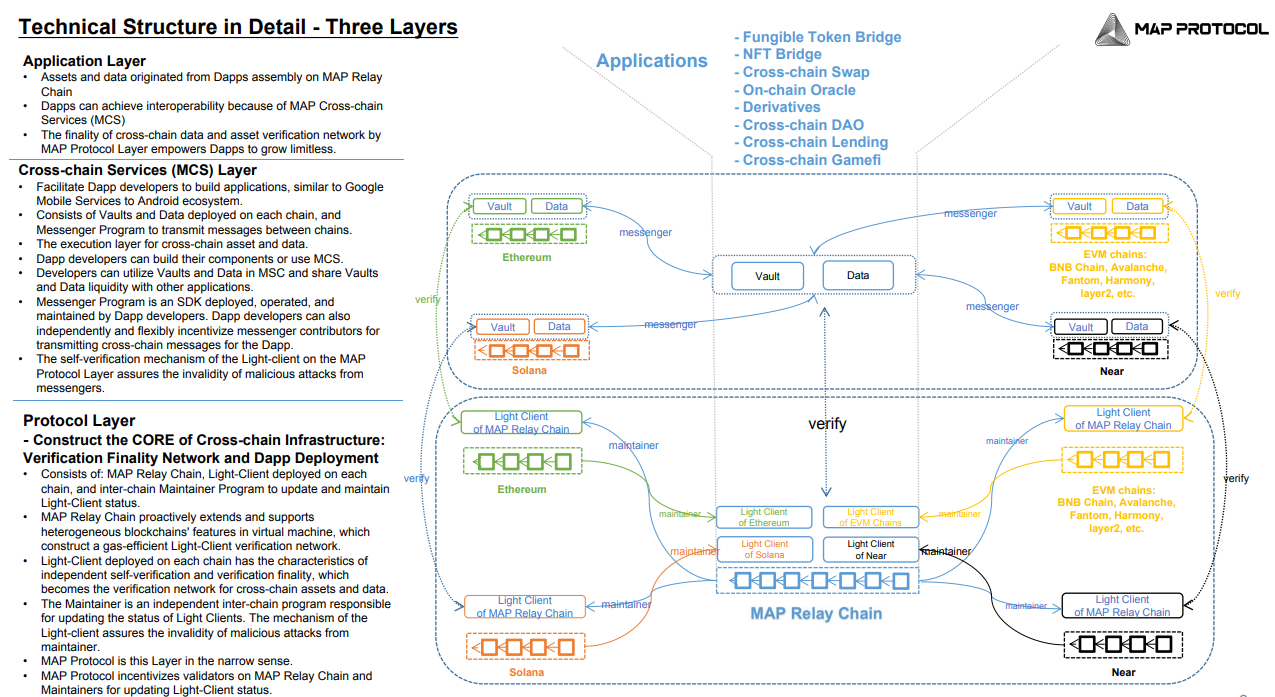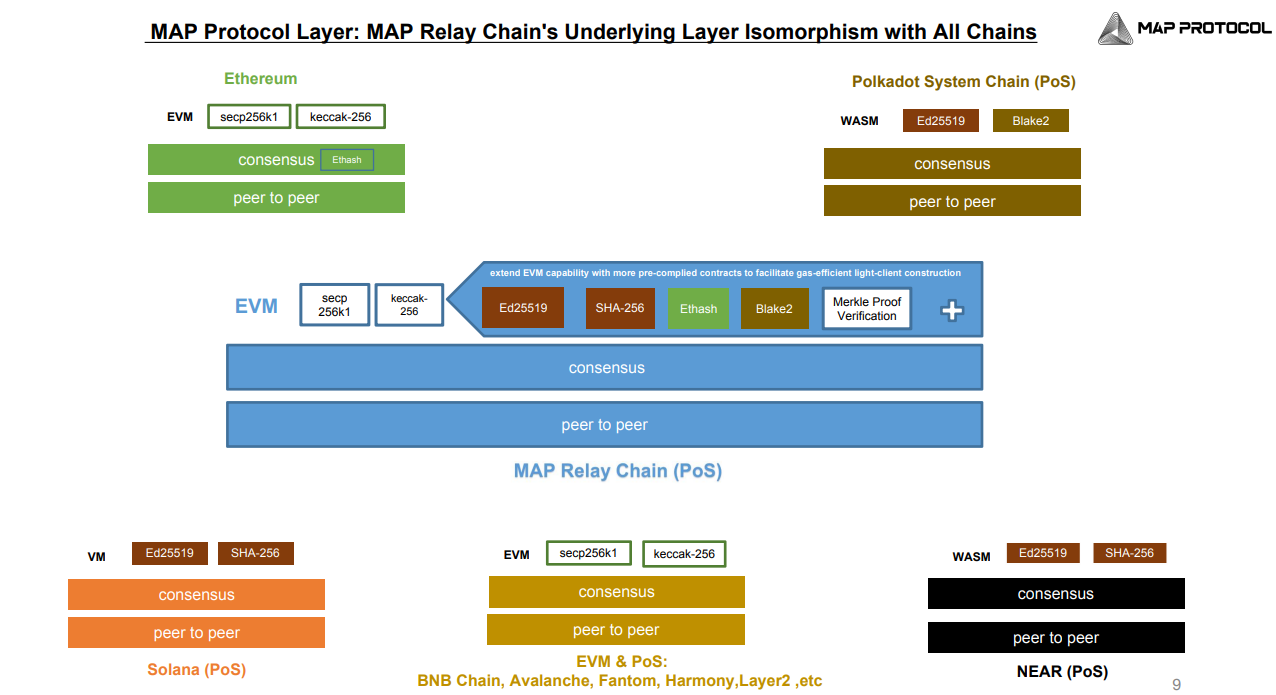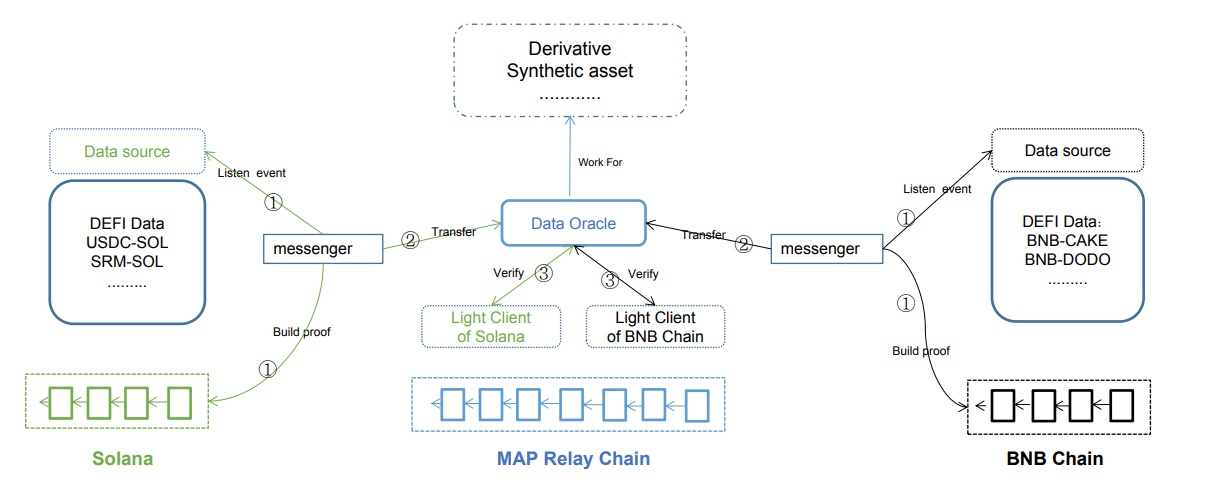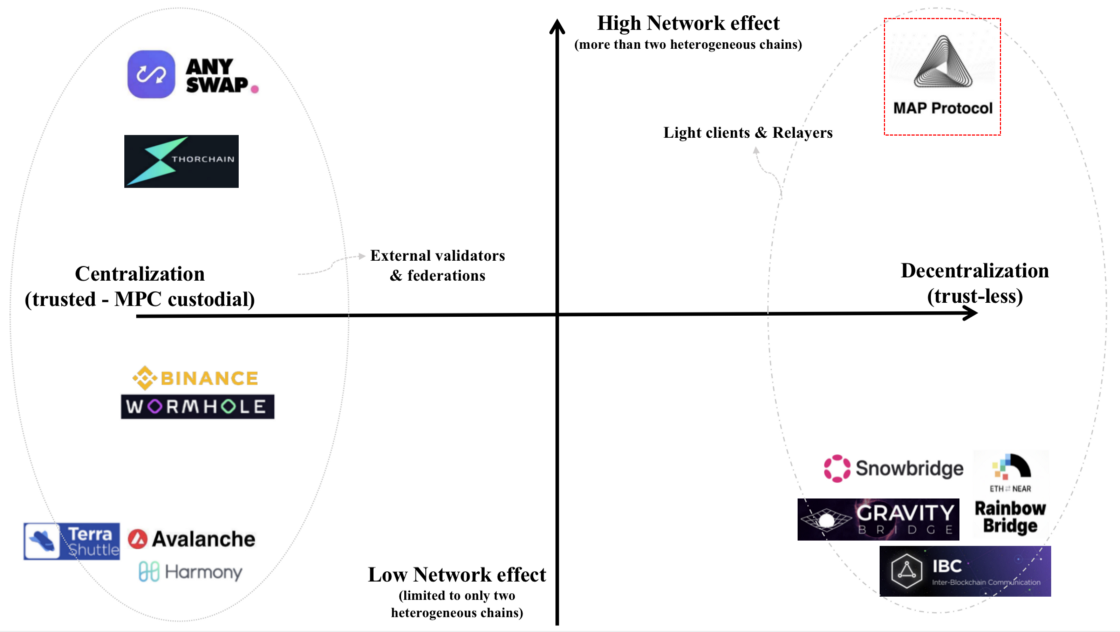On April 26th, MAP Protocol, the sponsor and rewards pool partners of Nextype Hackathon, sends Moore Li, the core developer of MAP Protocol, to reveal the astonishing back-end technology of MAP Protocol during the event.
Moore Li presents the ultimate technical framework of MAP Protocol in detail and received great feedback from the live viewers. The following is the recap of MAP Protocol’s Technical Framework.
Moore Li begins his presentation with the history of MAP Protocol:
“It all started in the summer of 2019. We gathered a team of talented blockchain engineers and research experts and started developing a cross-chain point-to-point e-cash payment system. After more than one year of research and hard work, we published Map Protocol 1.0: a cross-chain infrastructure with light-client and relayer that achieves finality self-verification. However, the only problem with MAP 1.0 is that light-client cross-chain verification between heterogeneous chains requires a tremendous amount of gas fee, which is unacceptable. So in 2021, we recruited more experts, and together we built Map Protocol 2.0: the final generation cross-chain infrastructure for Dapps.”
Moore Li moves on to the discussion on how MAP Protocol is better than Cosmos and Polkadots in terms of chains’ compatibility and target of service.
“First, two of the most famous: Cosmos and Polkadot, we are similar in some ways for sure. We both have a relay chain, light clients, and a cross-chain messaging system to achieve cross-chain interoperability.
But the problem with Cosmos and Polkadot is that their relay chain is incompatible with EVM chains and other heterogeneous chains. If one chain wants to connect to Cosmos or Polkadot, it will have to embed their SDK to its bottom layer, which many chains are not willing to do.
However, in Map Protocol, our relay chain will expand to all heterogeneous chains proactively, EMV or non-EVM. I’ll explain how MAP Protocol does that later in the technical structure section.
Furthermore, our target service is different. Cosmos & Polkadot target blockchain mainnet developers, and it will be difficult for developers to build cross-chain dapps on them. One example is Thorchain used cosmos to develop its blockchain infrastructure, but for cross-chain functionality used MPC. Anyway, building a cross-chain dapp on Cosmos and Polkadot is technically impossible.
But in the case of Map Protocol, we target cross-chain dapp developers. Developers can easily build native cross-chain applications on the MAP Relay Chain, which is EVM-based and very friendly to nowadays dapp developers.”


Moore Li also discusses how MAP Protocol is different compared to other cross-chain projects:
“Well, what differs us, is the one thing that we care about the most — security.
As you can see in this chart, all of these MPC-based solutions have security loopholes because the MPC node is self-verified and is vulnerable to cyber-attacks.
And other non-custodial solutions like Layerzero and Stargate used trusted oracles, which is slightly better than MPC but still, trusted oracle is not self-verified. It uses game theory for verification, but we can’t completely trust game theory, can we? The risk of oracle colluding with messengers always exists.
But Map Protocol uses a light-client verification, which adopts our own SPV, and we believe light-client verification is the only way so far that is well-recognized by all the tech gurus. So with this verification mechanism, Map Protocol will be unbreachable.”

After comparing different cross-chain solutions, Moore Li further reveals MAP Protocol’s technical framework in detail:
“In general, the MAP Protocol has three layers. From the bottom to the top, the first is Map Protocol Layer, which is the most important layer. It ensures Map Protocol’s security.
MCS Layer helps developers build cross-chain applications on top of map protocol.
Finally, MAP Application Layer, as you can see, we can develop so many applications with map protocol. Like Fungibel Token Bridge, NFT, cross-chain swap, etc.”

“This is the MAP Relay Chain, world-first relay chain that proactively extends EVM capability. As you can see here, different blockchains have different virtual machines, hashing algorithms, and signing algorithms. So what our relay chain layer does is we proactively extend EVM capability with precompiled smart contracts. Just so you know, these precompiled smart contracts are for signing, hashing, mining, Merkle proof, and so on. That way, we are able to facilitate gas-efficient on light-client construction, which also allows us to do cross-chain verification within just one single transaction.”

“Next, let’s talk about MAP Protocol’s verification and maintenance network. There are two roles: light client and maintainer.
Light-client uses an independent and automated verification mechanism that can guarantee verification status finality. For Map Protocol to work, there must be one light client in MAP Protocol’s relay chain and one light client on the target chain.
And how two light clients residing on two different blockchains are synchronized? That’s where the maintainer comes into the play.
The maintainer will update the source blockchain’s status to the light client on the MAP Relay Chain.”

“This is the MAP cross-chain service layer. If we see our infrastructure layer as Android, this layer will be GMS. This layer is in charge of cross-chain data and message transmission. Messenger is an independent inter-chain program that listens to events, builds proof, and transmits cross-chain messages. Vault & Data accept assets and data on source chains and initiate an event for Messengers.”

“This is an overview of MAP Protocol’s infrastructure layer and MCS layer. As you can see, it is very complicated. So basically, there are the MAP relay chain and four other chains. The MAP relay chain is like an intermediate chain. It will communicate with all other chains through our inter-chain program. The light client here is the core for cross-chain verification. And you see, we proactively extended our EVM with many pre-compiled contracts to reduce gas costs.”

“And finally, our application layer. This is really exciting because developers can build amazing projects with MAP Protocol’s cross-chain infrastructure. I have two examples here, but MAP Protocol can do much more than that. First, cross-chain data transfer will incubate a brand new oracle market — on-chain oracle! In the future, derivatives and synthetic assets applications can get reliable multi-chain data from the on-chain oracle. Wouldnt that be great?”

“Another example is fungible token transfer. With the help of MAP Protocol, multi chain token transfer will be as smooth as the normal token transfer.”

After explaining the technical framework, Moore Li reveals another extraordinary cross-chain dapp, the Barter Swap.
“Barterswap is a unified and unlimited cross-chain swap for all chains. It is the cheapest way for cross-chain swap users, we aim to be the most secure and convenient one-step cross-chain exchange service platform in the Defi World.”

Then Moore Li moves on to compare Barter Swap with other DEXs in the market:
“And compared to all the other cross-chain exchanges out there, we are the safest because we use MAP Protocol as our underlying infrastructure. Our fee is the cheapest since we only charge 0.4% swap fee.”

In the last part of the presentation, Moore Li reveals the structure of Barter Swap and explains how Barter Swap achieves such a great performance compared to other cross-chain DEXs:
“We have three components, Barter Swap Bridge is a cross-chain bridge.
Barter Swap Core is an application deployed on the MAP relay chain that allows direct exchange between different tokens on different chains.
Barter Swap aggregator uses our smart router algorithm to help users find the best route for trade.
Here is an illustration of how Barter Swap works. Say you want to swap AVAX for NEAR, one way is you can directly do swapping in our AVAX and NEAR liquidity pool. Yes, we will support multichain assets in one single liquidity pool. How good is that? Also, we support aggregation swapping. Barter Swap will gather all the pools from Avalanche, MAP, and Near, then use our smart router algorithm to find the best route for your trade.”

With this presentation, the MAP Protocol Team is proud to say Map Protocol is the final generation of cross-chain infrastructure for dapps, and Barter Swap will be the best cross-chain swap for all chains.



